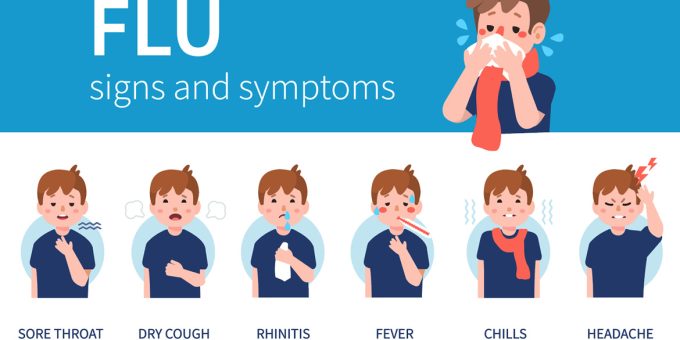
INDIANA – After a few weeks of declines, some measures show that flu activity is growing in parts of the US.
During one week last month, more than 82,000 people who visited an emergency department were diagnosed with influenza — an 8% bump compared to the prior week, according to the CDC.
Flu infections are growing in four states — Florida, New York, Oklahoma, and Texas — and likely increasing in five others: Arkansas, Kentucky, North Carolina, Massachusetts, and South Carolina.
Overall, data shows 18 states and Washington, DC, are experiencing high or very high levels of respiratory illness. Covid-19 and RSV continue to circulate at high levels.

In Indiana, the flu is at a moderate level, according to the CDC Dashboard. There were seven flu-related deaths this week, totaling 75 for the current season.
Flu is spread through close contact with sick people or from touching surfaces or objects contaminated with the virus. Infection can occur when flu viruses contact the eyes, mouth, or nose or through breathing in droplets from a sneeze or cough.
People may be able to spread the virus to others about one day before they show symptoms and up to seven days after becoming sick. That means you may be able to spread the flu to someone else before you even know you are ill and while sick.
Symptoms usually include:
- Fever
- Chills
- Headache
- Cough
- Sore throat
- Muscle aches
- Diarrhea and nausea occasionally in children
Symptoms usually start about 1-4 days after exposure and last 2-7 days. Complications may include pneumonia, hospitalization, and death.

Most people with flu have mild symptoms and do not need medical care or antiviral medication. Fever-reducing medicine, cough drops for a sore throat or cough, water, and plenty of rest are typically what people with mild symptoms are prescribed.
However, if you have flu symptoms and are at an increased risk for complications or are very sick, a healthcare provider can prescribe antiviral medication if diagnosed at the beginning of illness onset.






.png)












